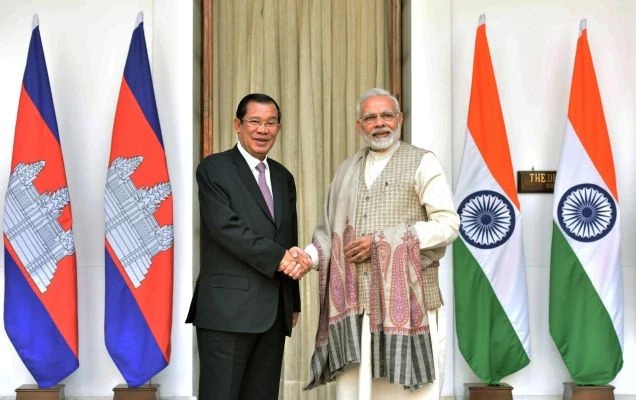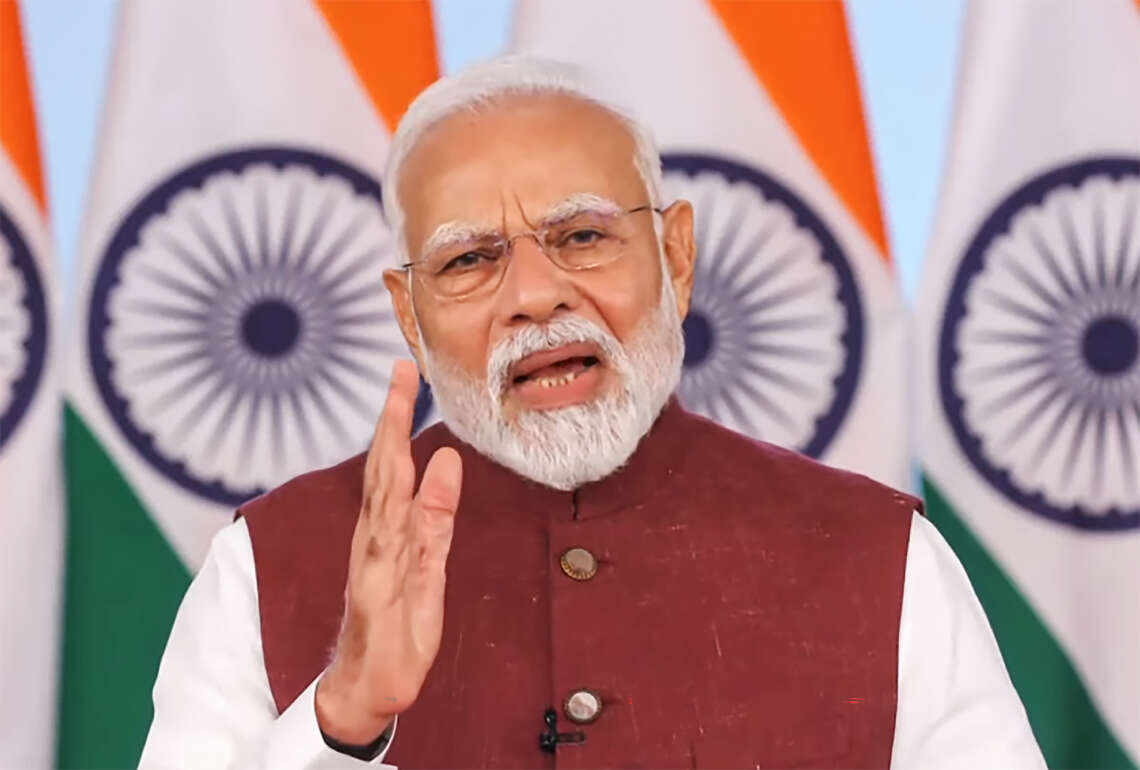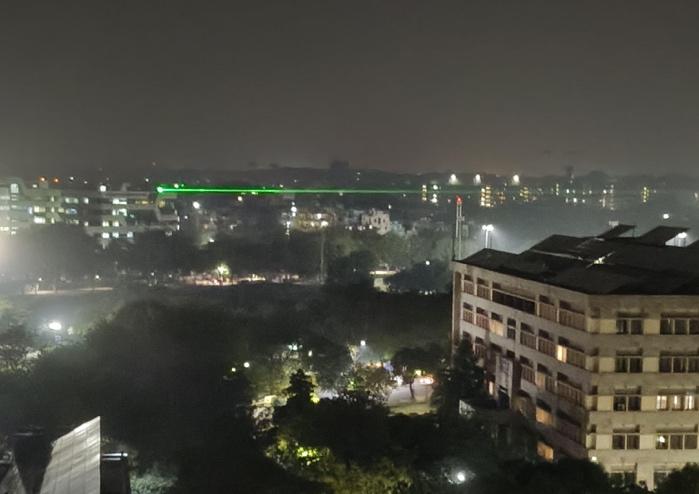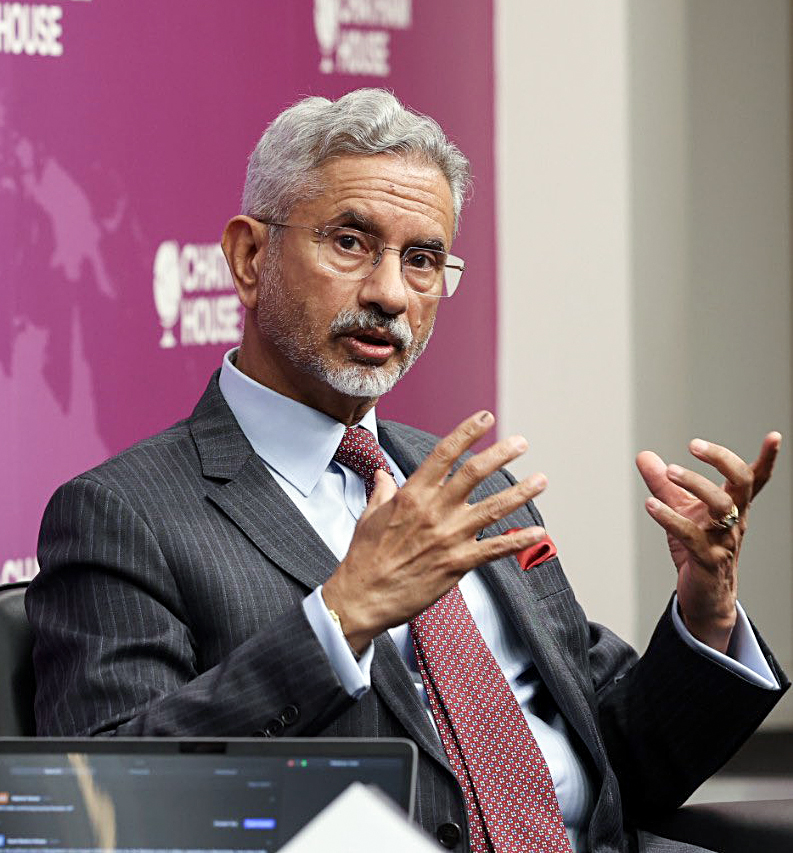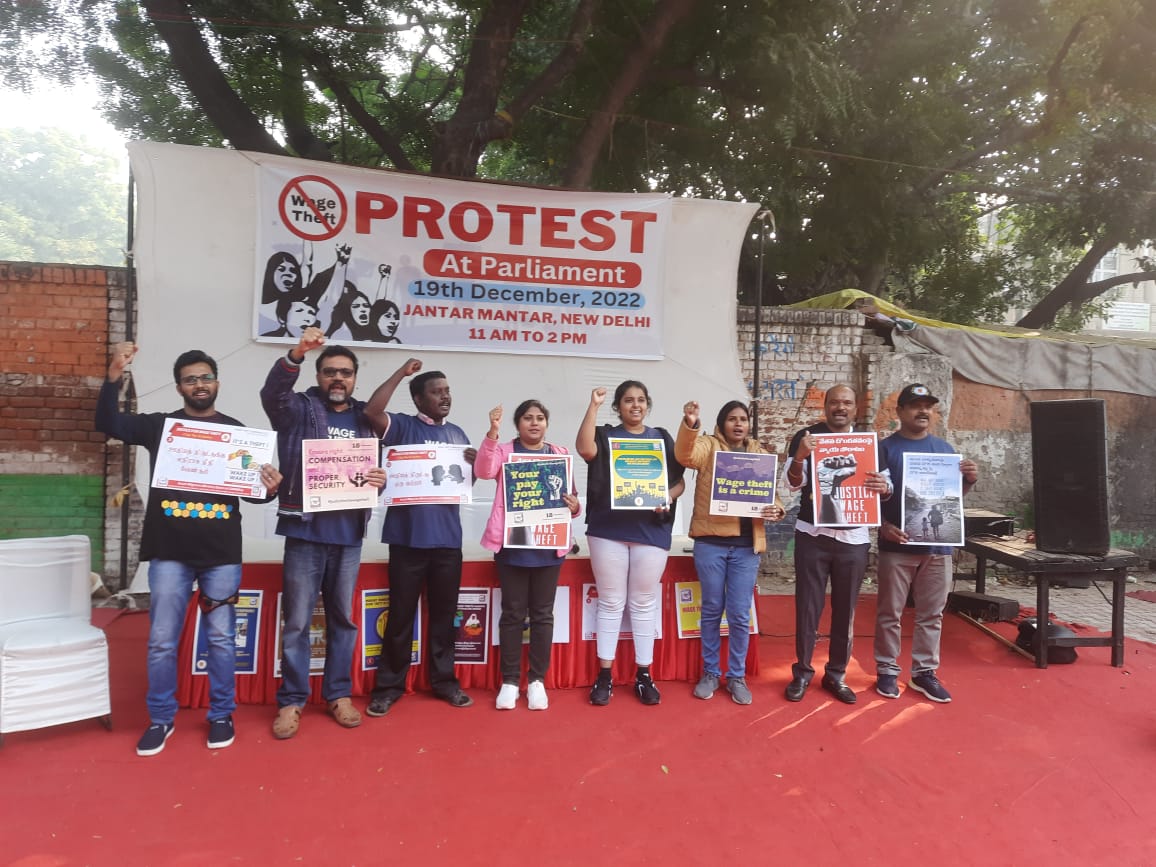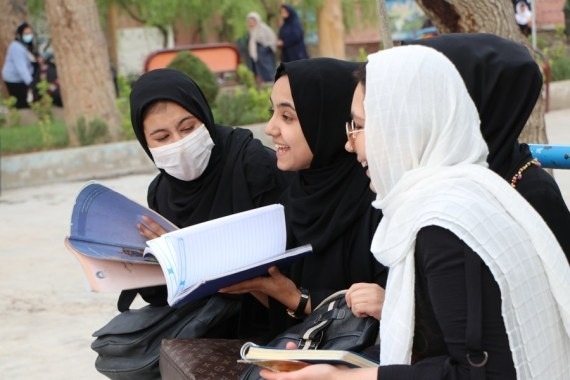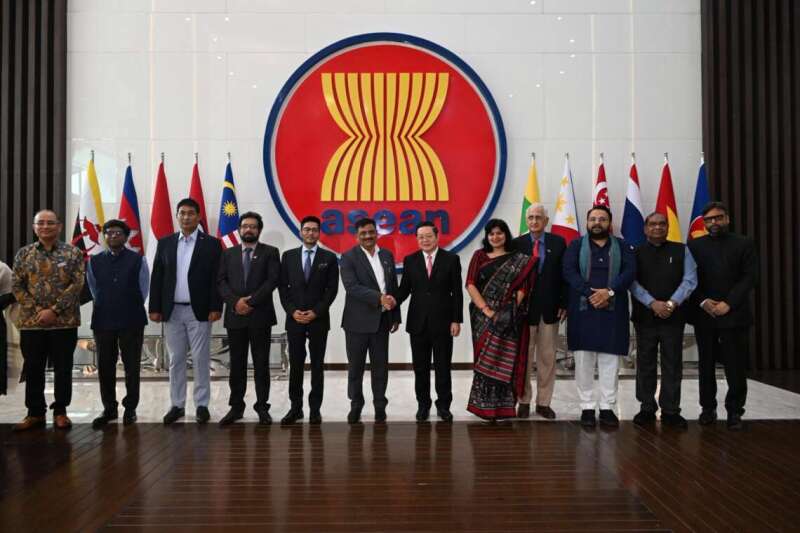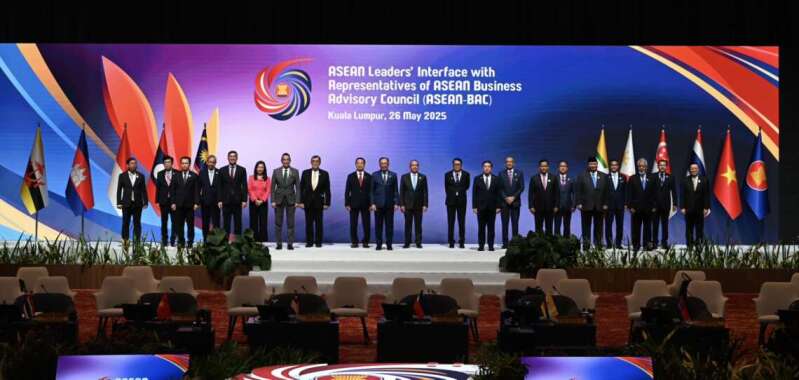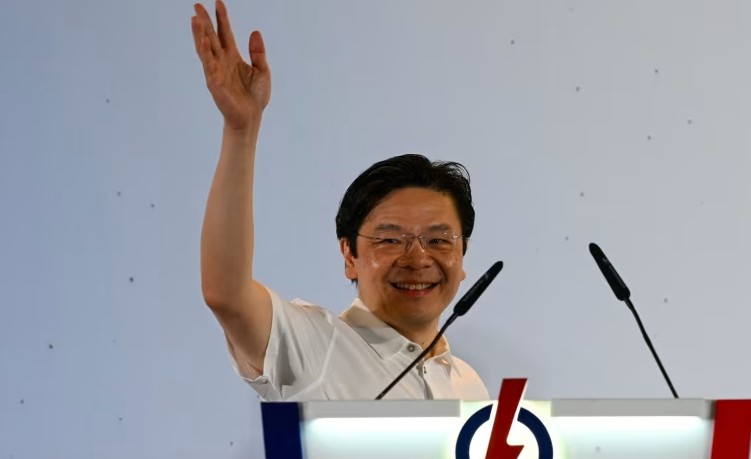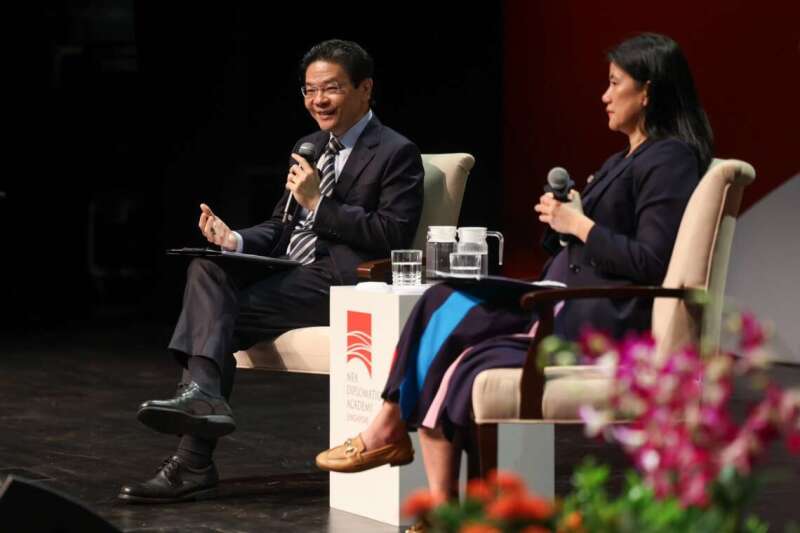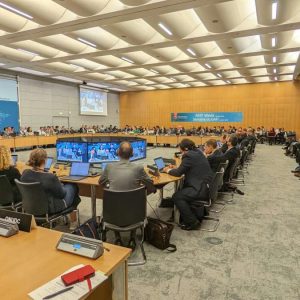India is revitalising relations with Cambodia by restoring the Angkor Wat temple complex – a part of the UNESCO World Heritage List since the year 1992. India is restoring and renovating the temples in Angkor Wat as did in Sri Lanka and other countries. These are contributions which India is making outside because the civilisation of India has gone beyond its territorial boundaries. A special report by Dr Rajendra Sharma
Development need not remain limited to infrastructural linkages and roadways construction alone. It can take many different forms depending on the intent of the ruling dispensation. Some focus primarily on technological advancements while others lay emphasis on the need to better protect and revamp the nation’s cultural heritage sites. It is with the latter focus area in mind that India has reiterated its commitment to assisting the Government of Cambodia in preserving its long-standing and highly-valued heritage of ancient temples in and around the Angkor Wat complex – a part of the UNESCO World Heritage List since the year 1992. Work on a similar front has been ongoing in the ancient civilisation city of Varanasi in India.
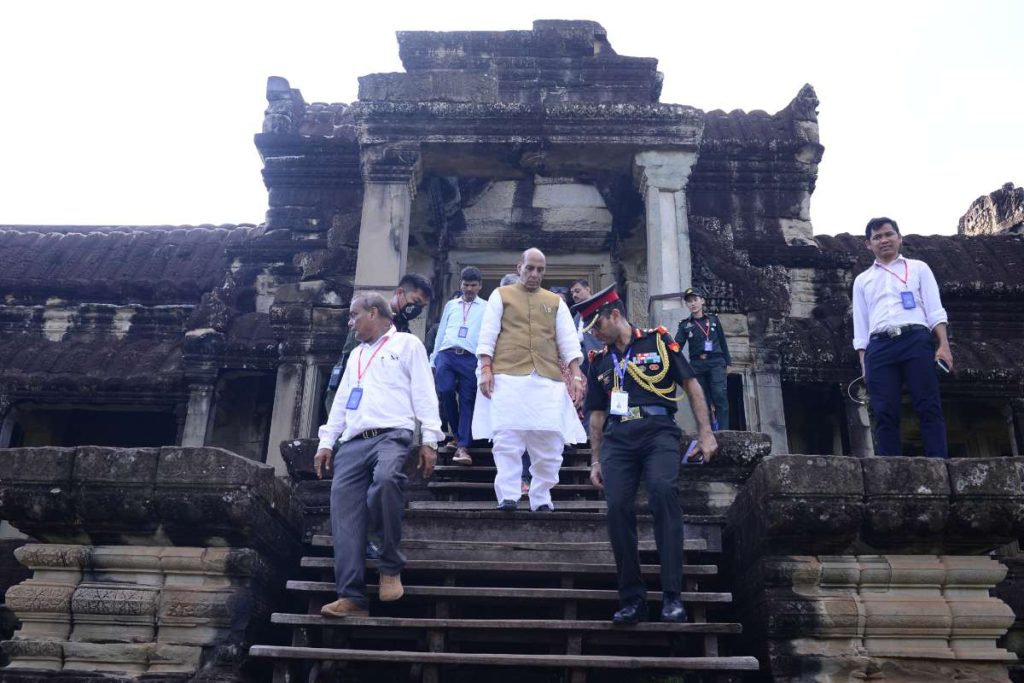
Developmental aspects must also include a focus on spirituality, culture, traditions and religion as well. This is the thought process with which both the Governments of India and Cambodia have moved along, given their historic political, social, cultural, business and trade relations. The Angkor Wat temple complex in particular needs restoration not because of its significance to India but its importance and link across several countries, even beyond the South East and South Asian region. Angkor Wat, which literally means ‘City of Temples’ lay in ruins until it was rediscovered by a French explorer in the year 1860.
Recently, during the recent ASEAN-India Commemorative Summit and the 17th East Asia Summit in Cambodia that took place last month, India underlined its commitment towards the ongoing upkeep work of the complex. From the Indian side, the Archaeological Survey of India is involved in the restoration work at these temples. As per the Archaeological Survey of India (ASI), restoration work on some parts of the temple like the Eastern side, the South Wing, the Causeway and the Third Enclosure Gallery have been completed. At the same time, there is continuing repair work on other parts of the temple. Apart from Cambodia, ASI is involved with restoration projects in ASIAN countries like Indonesia, Laos, Vietnam and Myanmar as well.
The traditional identity of the temple complex has been protected with the utmost care by the locals. Located in the Siem Reap province, the Angkor Wat complex is the top tourist attraction in the Southeast Asian country. Attracting a large number of foreign and domestic visitors every year, Cambodia’s tourist circuit stands tall as one of the most important pillars of its economy as well. In the first nine months of this year, the Angkor Archaeological Park attracted 1.3 lacs foreign tourists (an increase of over 2075% over the same period last year. Earning about $5.3 million in revenue from ticket sales, it saw an increase of about 2012% over the same period of the previous year as per the official figures from the Government of Cambodia. Comparing these dismal figures with the pre[1]pandemic ones, Angkor Wat saw a footfall of 2.2 million foreign tourists and the generation of about $99 million in revenue from ticket sales.
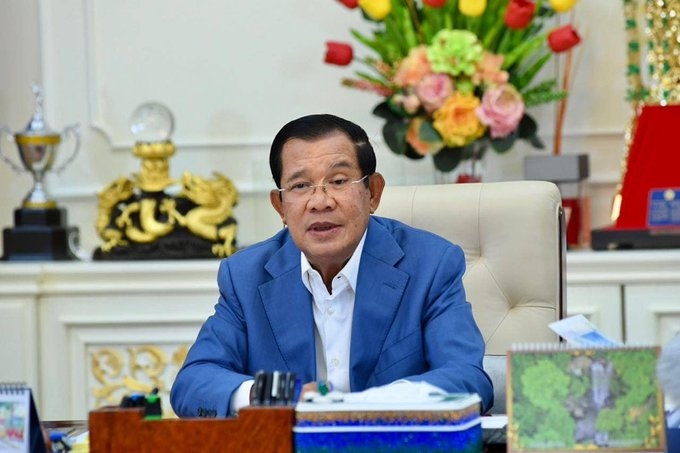
There is massive potential for this heritage site to be a key attraction for foreign tourists as well as creating jobs and generating a regular source of income for locals in the tourism sector. Aiding in the same, the Government of India emphasised upon the strong association with the magnificent architectural monument in Cambodia and the need to preserve the same immediately.
In addition, the Ta Prohm temple and the Lord Shiva temple at Preah Vihear are also being restored to their former glory. Most importantly, unlike many cultural monuments, those whose redevelopment is being undertaken by the ASI are being done in the most inclusive manner as well with all kinds of special arrangements in place for those with disabilities.
All this comes in the backdrop of the commemoration of 70 years of diplomatic relations between India and Cambodia as well as the 30th anniversary of India-ASEAN relations. Three memoranda of understanding and one financing arrangement were signed towards cooperation in the areas of culture, biodiversity and health. An additional sum of $5 million was announced towards the ASEAN-India Science & Technology Fund, aimed at boosting engagement and relations in the fields of public health, renewable energy and smart agriculture as well. It is quite fascinating that India has been undertaking a unique kind of diplomacy with its emphasis on the Hindu and Buddhist temples found on the east coast of China, South Korea’s connection with Ayodhya as well as the powerful Khmer ruler Suryavarman II of Cambodia.
Emphasis on the same tends to connect people of different communities as temples are also institutions of propagating culture and establishing a sense of community. India is restoring and renovating the temples in Angkor Wat as in Sri Lanka and other countries. These are contributions that India is making outside because the civilisation of India has gone beyond its territorial boundaries. “So, today when we are restoring, rebuilding, and re-energising Indian civilisation, our task is not only in India. Our task is all over the world. But, it is not only where our civilisation went, it is also where our travellers went, our traders went, our people of faith went,” External Affairs Minister Dr S Jaishankar reiterated India’s emphasis on Vasudhaiva Kutumbakam “The World Is One Family” which is also the central aim of ongoing India’s G-20 presidency. Indian diaspora takes Indic culture out, take indigenous values, philosophy, and the way of life and share it with the rest of the world through activities outside. India has renewed it thrust on building and restoring temples to cement its ancient civilizational and cultural linkages with these countries, which is bound to yield positive results in foreseeable future.


